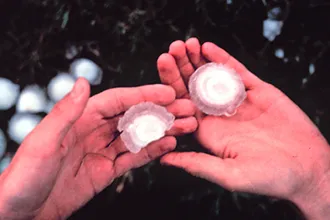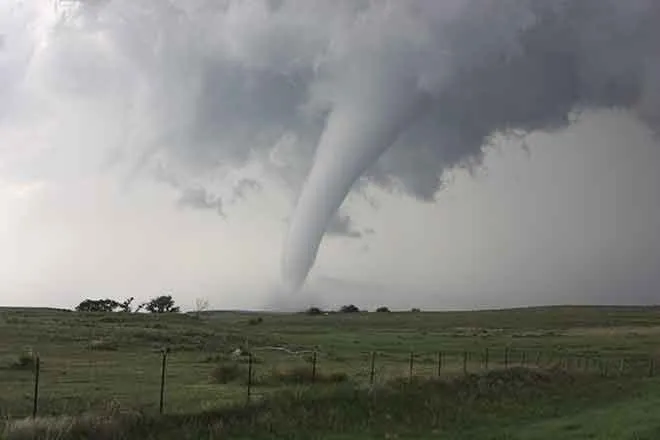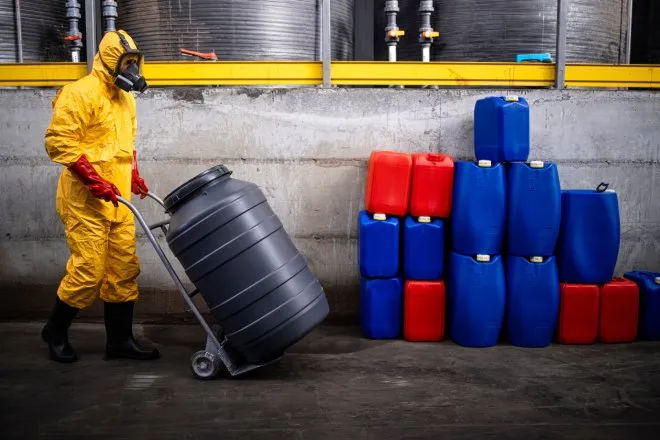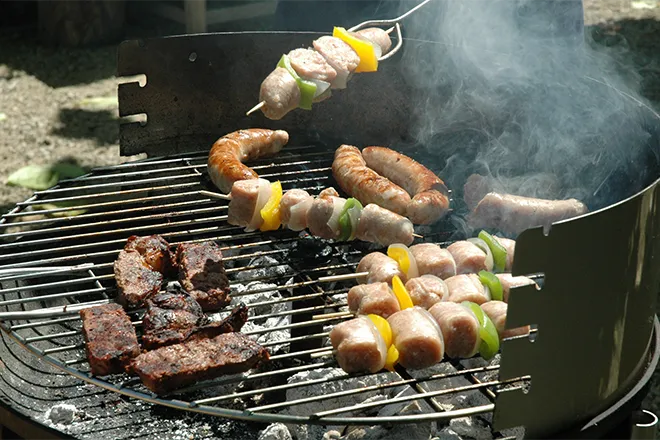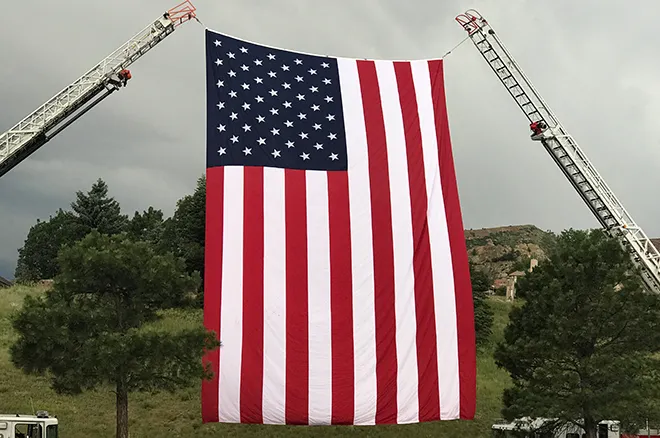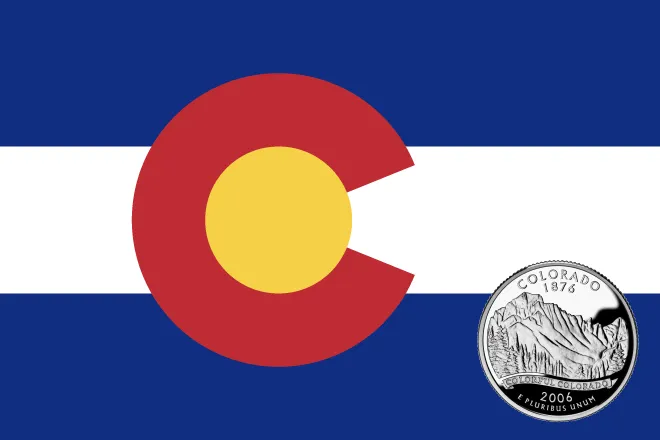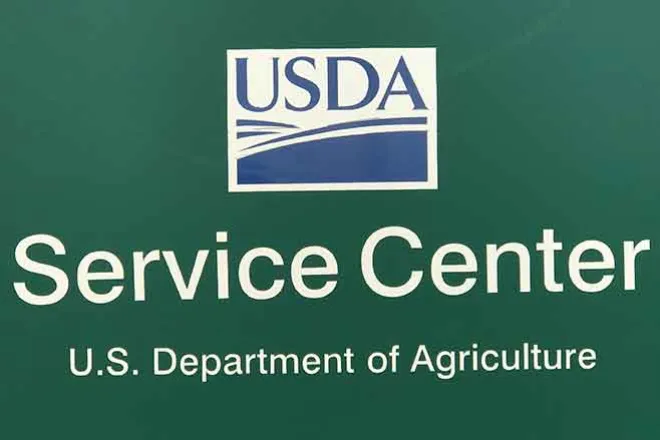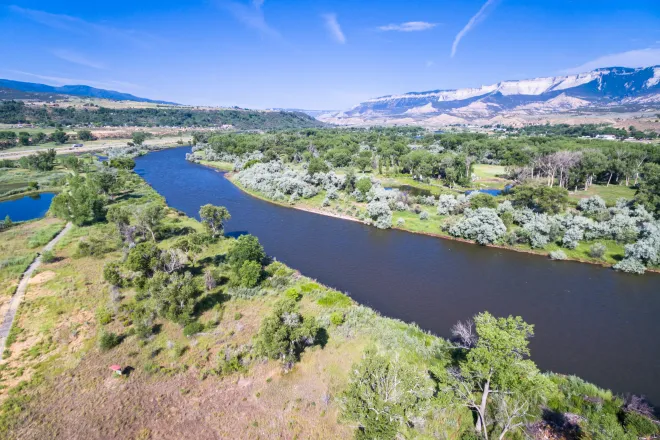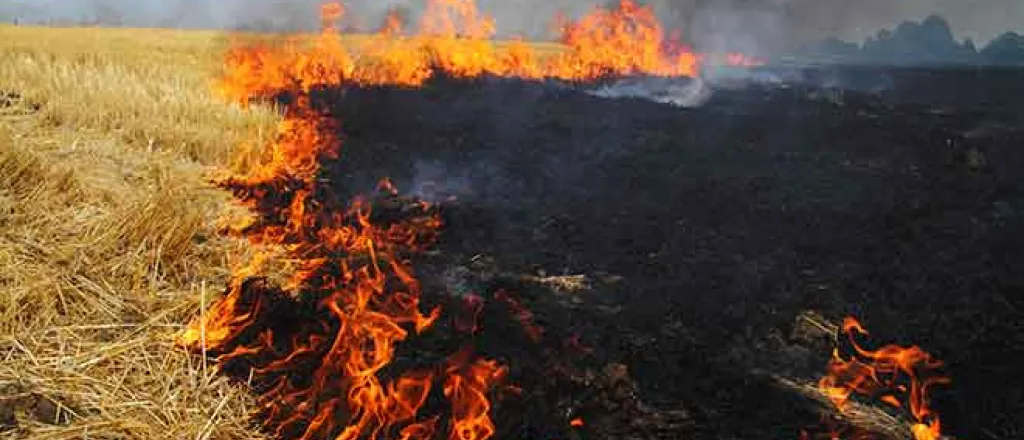
Tips to Protect Your Home from Fires
Last fall, with the concern of continued dry weather, the Crowley County Commissioners and the local Colorado State University Extension office in Crowley County printed a brochure obtained from the Firewise website (http://www.firewise.org/wildfire-preparedness/teaching-tools/brochures-andbooklets.
aspx): How to Have a Firewise Home. With the wildfires that occurred in Colorado late last summer and with the much needed moisture we have received this spring, we would again like to remind homeowners to be aware of what they can do to protect their home in the event of a wildfire.
The Firewise Toolkit has a Homeowners Checklist that is also included within the brochure as well. The following tips are recommendations for all homeowners:
» Clear needles, leaves and other debris from the roof, gutters, eaves, porches and decks. This reduces the chances of embers igniting your home.
» To reduce ember penetration, replace or repair loose or missing roof shingles or tiles, and caulk any gaps or openings on roof edges.
» Cover exterior attic vents, and enclose under-eave and soffit vents with metal wire mesh no larger than 1/8 inch to prevent embers from entering the home.
» Remove items stored under decks or porches; replace vegetation in these areas with rock or gravel.
» Replace mulch with hardscaping, including rock, gravel or stone. If it can catch fire, don’t let it touch your house, deck or porch.
» Remove flammable items within 30 feet of all structures including firewood piles, portable propane tanks and dry and dead vegetation.
» Dry grass and shrubs are fuel for wildfire so keep your lawn hydrated and maintained. If it is brown, trim it to reduce fire intensity, and don’t let debris and lawn cuttings linger. Dispose of these items quickly to reduce fuel for fire.
» Fire can spread to tree tops. If you have tall trees on your property, prune low hanging branches 6 to 10 feet from the ground and for smaller trees, prune low hanging branches no more than a third of the tree’s height. Remove tall grasses, vines and shrubs from under trees.
» Talk to your neighbors and create a plan for how to address your wildfire safety challenges together.
If you think of your house as the center of a target, there are also principles to follow in concentric circles around your residence to aid in preventing a wildfire from reaching it.
Home Zone – the home itself and within 5 feet of the foundation:
Harden your home against wildfire. This includes fences, decks, porches and other attachments. From a fire behavior point of view, if it’s attached to the house it is a part of the house. Nonflammable or low flammability construction materials — especially for roofs, siding and windows— are recommended for new homes or retrofits. Keep any flammables, including plantings, debris and mulch, out of the area within 5 feet of your home’s foundation as well as off your roof, eave lines, gutters and deck or porch surfaces. Ensure vents and other openings are screened or otherwise protected from ember penetration during a wildfire.
5 – 30 feet:
This well-irrigated area around the home includes decks and fences, and provides space for fire suppression equipment in the event of an emergency. Lawns should be well maintained and mowed. Plantings should be limited to carefully-spaced low flammability species, and consider hardscaping using rocks, gravel or stone instead of mulch. Keep any large fuel packages, such as firewood piles, out of this area.
30 – 100 feet:
Low flammability plant materials should be used here. Plants should be lowgrowing and the irrigation system should extend into this section. Create separation between grasses, shrubs and trees to avoid a “fuel ladder” effect where fire can climb into taller vegetation. Trees should be spaced to prevent crowns from touching.
100+ feet:
Place low-growing plants and well-spaced trees in this area, remembering to keep the volume of vegetation (fuel) low.
The wonderful rains we have experienced this spring are appreciated and very needed, but they also cause concern for the amount of vegetative fuel load they promote with weeds and grasses.
By taking a few extra precautions now while everything is nice a green, homeowners can do a lot to prevent catastrophic damage to their personal property and possibly to themselves as well.
For more information on how to protect your home from wildfire, visit http://www.firewise.org/ or contact your local CSU Extension office in Southeast Colorado: Baca County 719-523-6971, Bent County 719-456-0764, Cheyenne County 719-767-5716, Crowley County 719-267-5243, Kiowa County 719-438-5321, Otero County 719-254-7608, Prowers County 719-336-7734 . Find us on the web at: http://www.extension.colostate.edu/SEA.



